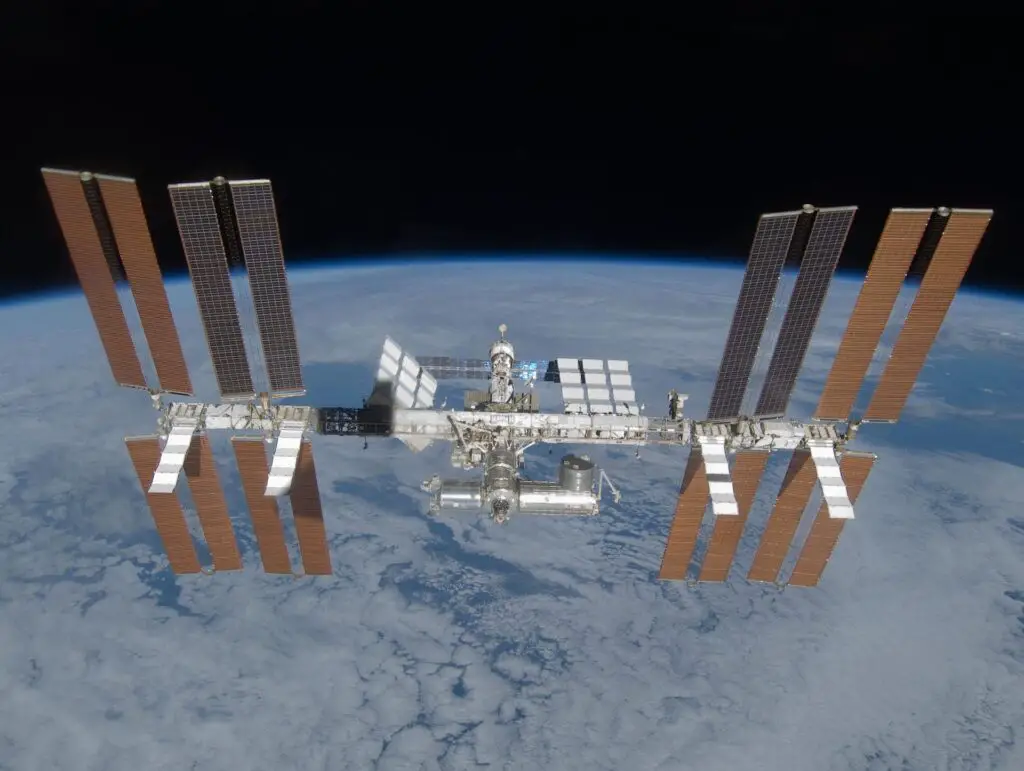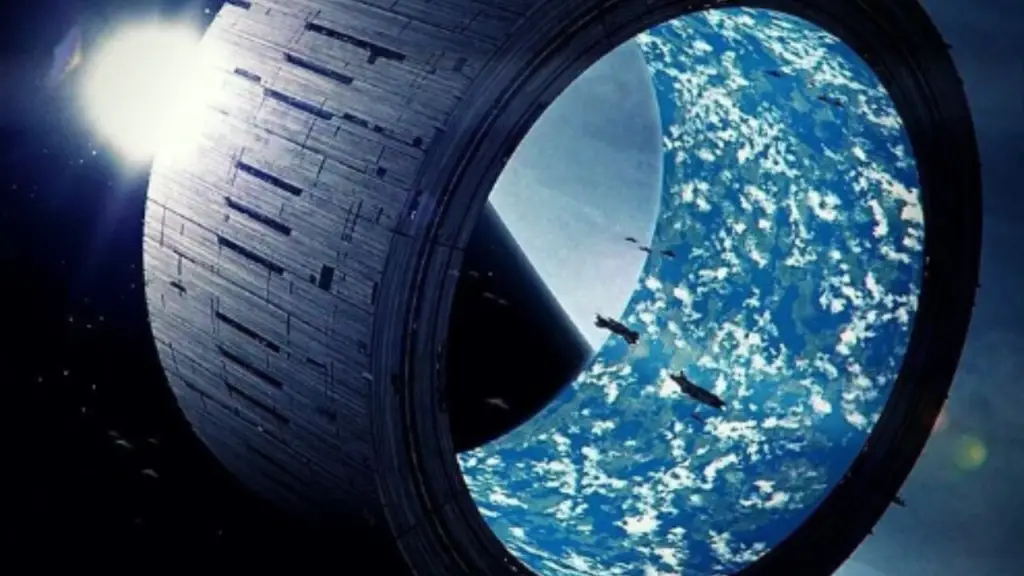On June 16, 1977, Wernher Von Braun died in Alexandria, Virginia, United States. This day marked the 44th death anniversary of the legendary rocket scientist. But before his death, Von Braun made notable discoveries that revolutionized the world and enabled people to think of exploring space for the first time in the history of human civilization.
Aside from his advanced discoveries, Wernher also proposed a concept of futuristic space technologies that could not be created in the 20th century. But he was certain that future civilizations will go the extra way to bring his ideas to reality.
But how are we working to bring Wernher Von Braun’s ideas to reality? What made him stand out among scientists in the 20th century? What were his discoveries before death? You are about to learn about the legendary discoveries and predictions of Von Braun from this article. Stay tuned.
How Wernher Von Braun Started Out
Wernher Von Braun is one of the many scientists that revolutionized the world in the 20th century. However, his historic discoveries could be traced back to when the legend was born. On March 23, 1912, Wernher Von Braun was born in Wirsitz under the German Empire at that time. But after Poland was proclaimed a country in 1918, this location fell to the newly created country.
Von Braun enjoyed his childhood like every other kid. But when he became a teenager, Von Braun gradually began to develop an interest in space flight. His interest in space exploration inspired Von Braun to start reading unique works of science fiction while in his twenties.
During this period, he came across Hermann Oberth’s 1923 book, titled “The Rocket into Planetary Space.” The unique ideas shared by Oberth in this book inspired Von Braun to develop a keen interest in trigonometry and calculus so that he could learn more about the physics of rocketry with time.
As he began to master the concept of physics of rockets, Von Braun decided to take a further step by joining the German Society for Space Travel (VFR) in 1928. Von Braun became more enlightened about the physics of rockets by joining this society. His confidence to join the rocket development team began to increase from this point.
The opportunity he was searching for came in late 1932 when Von Braun was opportune to join the German army in developing liquid-fuel rockets. Von Braun didn’t waste any time in grabbing this life-changing opportunity. As a man that never settled for less, Von Braun began to research how to build liquid-fuel rockets for the military.
The German army funded the research and provided him with all the required materials for the study. On July 27, 1934, Von Braun’s effort in this research earned him a doctorate in physics. At that time, Von Braun and his team of experts had a primary goal of developing V-2 ballistic missiles, and space launch vehicles from the research.
But in 1937, the team began to work specifically on ballistic missiles in a secret laboratory located at Peenermuünde on the Baltic coast. After working for years, they developed the first liquid-propellant missile that weighs about 27,000 pounds and has 46 feet in length.
The V-2 was designed with the ability to fly at the speed of 3,500 miles per hour. In October 1942, the team launched the missile for the first time and they recorded tremendous success from it. The V-2 ballistic missile was later used against Western Europe in early September 1944.
After the war, Von Braun was secretly relocated to the United States alongside other 1,600 German engineers, scientists, and technicians. When he arrived in the US, Von Braun began to work for the United States Army on the development of intermediate-range ballistic missiles.
As the Soviet Union was making space exploration more competitive for the United States, Von Braun and other rocket scientists developed a rocket that launched the US Explorer 1 in 1958. Keep in mind that Explorer 1 is the first United States space satellite.
As the competition between the US and the Soviet Union continues to grow, Walt Disney saw the need to popularize the need for manned missions into space. Disney invited Von Braun to work with him on various movie projects which they accomplished with great success from.
Before his death, Von Braun served as Chief architect of the Saturn V moon landing rocket, director of the Marshall Space Flight Center, and received numerous awards for his accomplishments. Von Braun’s accomplishments made the science community refer to him as the father of space travel and rocket science.
What Wernher Von Braun Predicted about Future Space Technologies
Despite building making impossible space technologies to become possible in the 20th century, Von Braun had several futuristic ideas which he believed will become possible in the future. One of Von Braun’s future predictions could be traced back to the mid of 20th century.
When Von Braun was still working as the Technical Director of the U.S. Army Ordnance Guided Missiles Development Group in 1952, he popularized the conceptual design of a futuristic orbiting space station. This orbital space station would have the capacity to rotate at a certain speed and generate synthetic gravity.
Von Braun went ahead to describe his concept as a 250-diameter wheel that will be built in Low Earth Orbit. He further stated that this artificial gravity space station that can generate about 1g by moving around at a rotational duration of 12.3 seconds. People were fascinated by this idea, and they look forward to when it will be brought to reality.
In 1948, Von Braun published his science fiction book titled ‘Mars Project’. In this book, the rocket scientists predicted that a person named Elon would take humans to Mars. Today, we are all aware of Elon Musk’s effort in making humans multi-planetary species starting from Mars. Let’s hope that he succeeds.
How the world is working to bring Wernher Von Braun’s Futuristic Ideas to Reality
Wernher Von Braun was a true believer in the future of manned missions in deep space. One of his futuristic concepts is the idea of putting an artificial gravity Space station in low earth orbit. As this idea continues to appear impossible to many, a company has emerged to bring Werhner Von Braun’s vision into reality before the end of this decade.
The company, Orbital Assembly Corporation, is working on building an artificial gravity hotel and launching it into space in 2025. The company plans to complete this hotel in 2027 when it will be opened to the general public. The space hotel will come with numerous futuristic concepts. But the most important technology that the whole world is expecting to see in this hotel is artificial gravity.
Orbital Assembly is working on building a gigantic wheel structure that will rotate and produce a centrifugal force which will provide artificial gravity to those aboard the space hotel. Orbital Assembly is working extra head to ensure that they succeed with this futuristic concept. Let’s wish them well.
How Elon Musk is Playing a Role in Bringing Von Braun’s Prediction into a reality
Von Braun in his 1953 book predicted that a person named Elon will bring humans to Mars. Is Elon Musk the chosen one or is there another Elon out there? From reinventing futuristic electric vehicles to building sophisticated rockets, the world could see that Elon Musk may be the chosen one for this task.
Elon on several occasions has proposed his interest to send humans to Mars. From the look of things, Elon is not going back on his words. He already predicted that the first humans will land on Mars in 2029. Let’s hope that he makes this prediction become a reality soon.
Conclusion
Thank you for reading about Wernher Von Braun and his accomplishments. As the world moves to replicate Von Braun’s futuristic ideas, do you think we can put an artificial gravity space station and send humans to Mars before the end of this decade?




